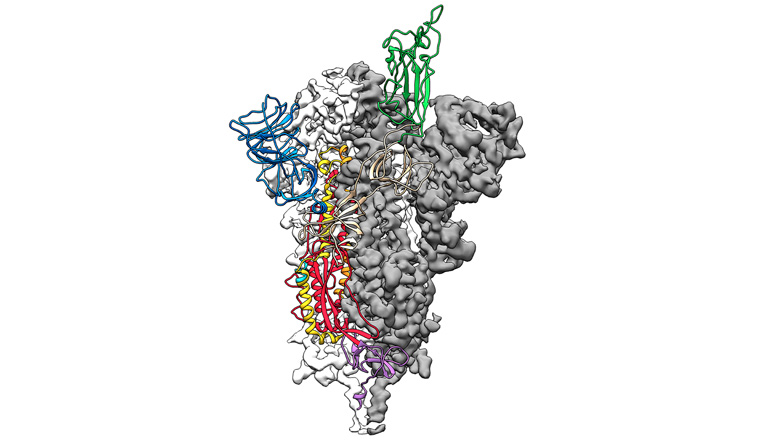US biochemists have succesfully mapped the molecular structure of the 2019-nCoV that attaches to and infects human cells. Mapping the of the novel coronavirus is an important step toward developing a vaccine against the deady vorus that took more than 2,000 lives in mainland China.
The first 3-D atomic-scale map of key proteins in the coronavirus will be the first victory against the killer desease that has threated the world since it first emerged in late December.
Team from the University of Texas at Austin and the National Institutes of Health (NIH) has published their findings in the journal Science.
Making use of the the genome sequence of the virus from Chinese researchers of the virus made publicly available by Chinese researchers, the team used it to develop a stabilised sample of a key part called the spike protein in two weeks. In just another 12 days the researchers succefully constructed the 3-D protein map and send the work for publication.
"The spike is really the antigen that we want to introduce into humans to prime their immune response to make antibodies against this, so that when they then see the actual virus, their immune systems are ready and loaded to attack," UT Austin scientist Jason McLellan, who led the research, told AFP.
He added that he and his colleagues had already spent many years studying other members of the coronavirus family including SARS and MERS, which helped them develop the engineering methods required to keep the spike protein stable.
Their engineered spike protein is itself being tested as a potential vaccine by the NIH.
The team is sending the map of its molecular structure out to collaborators around the world so they can improve it by making it provoke a greater immune response.
The model can also help scientists develop new proteins to bind to different parts of the spike and prevent it from functioning, to treat those already infected. These are known as antivirals.
"This is a beautifully clear structure of one of the most important coronavirus proteins -- a real breakthrough in terms of understanding how this coronavirus finds and enters cells," said virologist Benjamin Neuman at the Texas A&M University-Texarkana, who was not involved in the work.
"The structure shows that although the spike is made of the three identical proteins, one flexes out above the rest, effectively giving the virus a longer reach," he added.
A useful aspect of the structure for vaccine development is that it maps out the size and location of chains of sugar molecules the virus uses in part to avoid being detected by the human immune system, added Neuman.
Cryogenic electron microscopy uses beams of electrons to examine the atomic structures of biomolecules that are frozen to help preserve them.
Three scientists—Jacques Dubochet, Joachim Frank and Richard Henderson—were awarded the Nobel Prize in Chemistry 2017 for their development of an effective method for generating three-dimensional images of the molecules of life.


